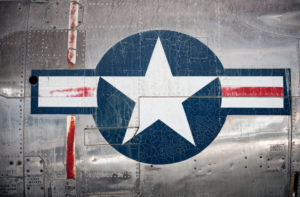
Larger unmanned aircraft systems (UAS) have a role to play in experiments by U.S. Air Forces Central's (AFCENT) Task Force-99 (TF-99), the AFCENT commander said on Feb. 13. Asked at a Center for a New American Security forum whether TF-99 will need larger drones of the size of the Air Force's envisioned Collaborative Combat Aircraft, Air Force Lt. Gen. Alexus “Grynch” Grynkewich replied, "I won't speak to the Collaborative Combat Aircraft program, but I would tell you that the operational…














